There can be your advertisement
300x150
Round Houses on Nyzhynskaya and Dovzhenko: Soviet Experiment in Architecture
Compromise between economy and beauty, between standard and unique
Imagine: 1972, Moscow preparing for the Olympics-80, and something unprecedented appears in the Ochakovo-Matveyevskoye area — a nine-story house in the shape of a ring. Architect Eugeniy Stamo and engineer Alexander Markelov decided to challenge the gray standard panel buildings and created what Muscovites quickly called the "donut." The story of these houses is a tale of Soviet dreams, compromises, and how ordinary mathematics can turn mundane development into an architectural phenomenon.
Main points from the article:
- Two round houses were built according to the project of architect Eugeniy Stamo and engineer Alexander Markelov — the first in 1972 on Nyzhynskaya, the second in 1979 on Dovzhenko;
- Panels were installed with a maximum allowable deviation of 6 degrees, which allowed the standard nine-story building to be "ringed" into a circle with a diameter of 155 meters;
- The house on Nyzhynskaya has 913 apartments, the house on Dovzhenko has 936 apartments and 26 entrances;
- The original plan was to build an Olympic village consisting of five ring-shaped houses, but the project turned out to be too expensive;
- Films such as "Courier," "Moscow Doesn't Cry," and many episodes of "Fitil" were shot in these houses.
The birth of the idea: when boredom breeds genius
Early 1970s. Moscow was being developed with standard panel buildings — identical, practical, but deadly boring. Eugeniy Stamo, a 1936 graduate of MAARHI and student of Lev Rudnev, had already gained fame as one of the creators of the Kremlin Palace of Congresses. But now he faced a new challenge — to revitalize mass residential construction.
In Workshop #3 of the Moscow Project-1 institute, architects searched for a way to create an architectural landmark in the district with minimal costs, using the same materials and technologies, but with a reduced budget. What if you take an ordinary panel building and... bend it?
Stamo and Markelov discovered that the maximum angle at panel joints could not exceed six degrees. By placing blocks at such an angle, it was possible to enclose a building made of dozens of entrances in a ring. The math is simple, but the result is revolutionary.
The first "donut": an experiment on Nyzhynskaya
The first round house appeared in 1972 at 13 Nyzhynskaya, in the Ochakovo-Matveyevskoye area. The ring's diameter is 155 meters, 913 apartments, 26 entrances, and six arches for access to the inner courtyard.
For Muscovites, it was a wonder. Getting an apartment in a round house was considered a big lucky break. On Nyzhynskaya, there were many foreigners who were given three-room apartments, and after their departure, the housing was given to ordinary Muscovites.
But living in the "donut" was not as simple as it seemed. There are no square rooms in apartments; all of them have trapezoidal shapes. This is because the outer side of the house is longer than the inner side. A wardrobe in a corner cannot be placed — there are serious distortions.
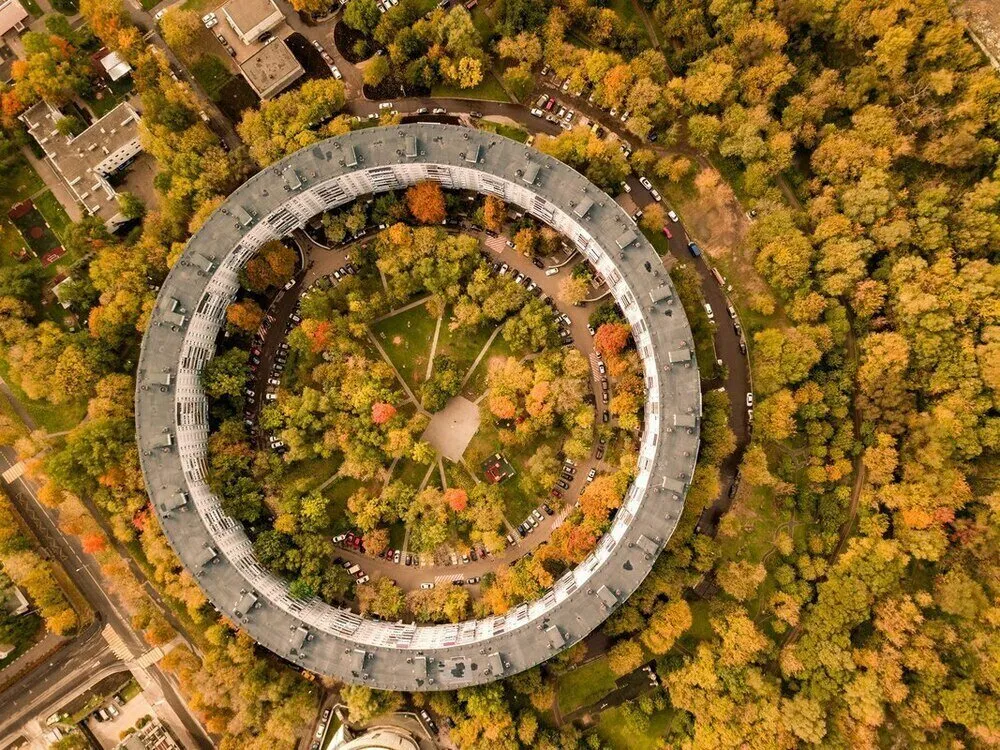 Photo from the website: tgstat.ru
Photo from the website: tgstat.ruBig plans and Olympic dreams
The success of the first house inspired the architects and authorities. According to the original plan, Moscow was supposed to have an Olympic village in the form of five ring-shaped houses — a symbol of the Olympic rings before the 1980 Games.
At one time, authorities considered building Moscow entirely with round houses — such a new and vibrant architecture was seen as the future of urban design. Imagine a capital covered with giant "donuts"!
But dreams were shattered by reality. The experiment turned out to be expensive, and construction was complicated. The project was too costly, and in the end, only two houses were built.
The second "twin": house on Dovzhenko
The twin brother of the first house appeared only seven years later, in 1979, just a year before the Olympics-80 at 6 Dovzhenko, in the Ramenki area. It had nine floors, 936 apartments, and 26 entrances.
Long-time residents say finding the right entrance in this house is a difficult task. It's not surprising — when all entrances look the same and are arranged in a circle, it's really hard to orient oneself.
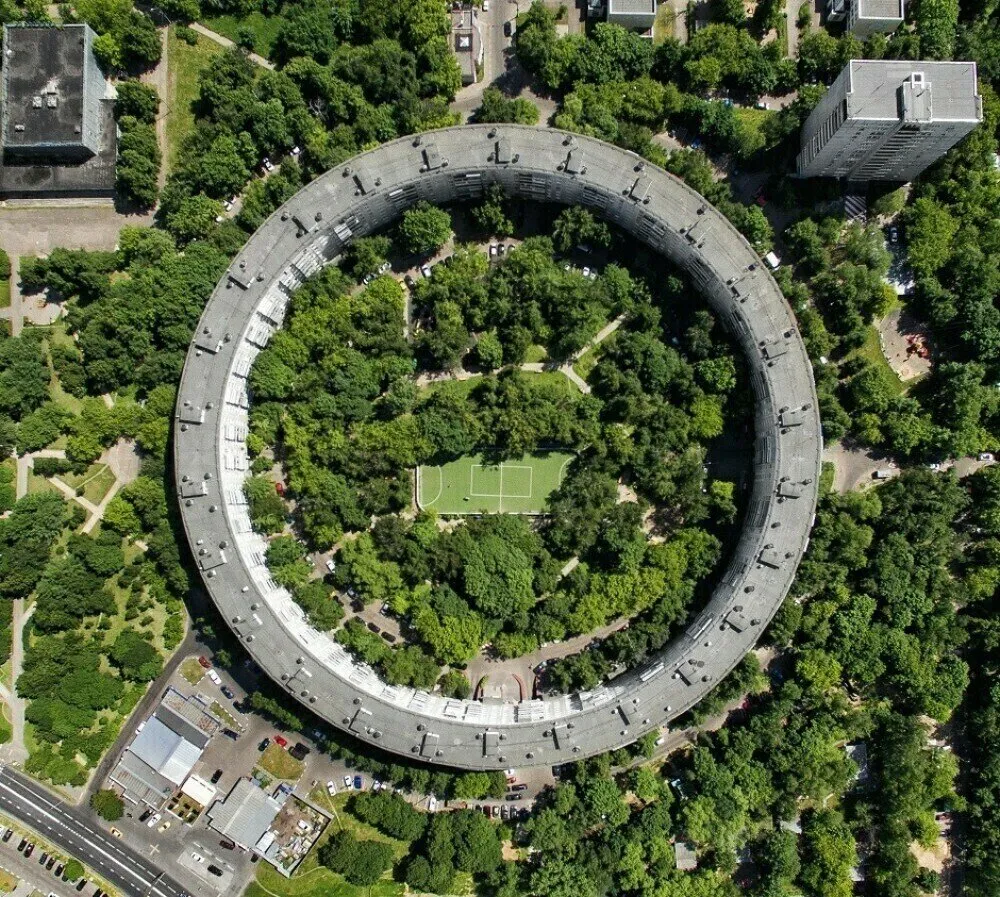 Photo from the website: welemudr.mirtesen.ru
Photo from the website: welemudr.mirtesen.ruStellar fame of the "donuts"
Unusual houses could not escape the attention of filmmakers. These houses were used to film movies like "Courier," "Tragedy in Rock Style," "Artist from Gribovo," and many episodes of "Fitil," as well as the round house can be seen in the final frames of the most famous Soviet film "Moscow Doesn't Cry."
One of the residents said: "In the autumn of 78, late in the evening, we were asked to turn on the lights in the apartments whose windows face the courtyard. And these circular panoramic views of glowing windows you all see in the final titles of the film."
Life in the ring: pros and cons
The years revealed all the peculiarities of living in round houses. Residents say that the trapezoidal shape of rooms is barely noticeable, but creates problems during renovation. Furniture must be chosen very carefully.
On the other hand, there are advantages. The inner courtyard is completely shielded from city noise and wind. The courtyard is not passable — access to it is only through arches, which creates a unique feeling of security.
Architectural heritage and modernity
Despite all the drawbacks of the project, half a century later, architecture researchers call it ahead of its time and draw parallels with the modern Apple headquarters in California.
Former chief architect of Moscow, Mikhail Posokhin, rated the contribution of Eugeniy Stamo to the appearance of the capital at the same level as Vasily Bazhenov, Matvey Kazakov, and Alexei Shchusev.
The fate of the experiment
After the construction of the house on Dovzhenko was completed, the experiment was discontinued, and these buildings did not enter mass production. Too expensive, too complicated, too unfamiliar for mass construction.
Among residents of the legendary houses, rumors circulate that the "donut" on Dovzhenko is planned to be demolished. However, there are currently no confirmations of this. "Nine-story buildings are not profitable to relocate and demolish. I think that residents can sleep peacefully," — reassures architect Sergey Tkachenko.
Lessons from history
The history of round houses is a story about how Soviet architects tried to find a compromise between economy and beauty, between standard and unique. The round house on Nyzhynskaya Street is a product of its era. Despite its unusual shape, it is an ordinary panel nine-story building.
Today, these houses have become monuments of the era when architects could still experiment within mass construction. Especially unusual was the round residential house in the early 1970s. Nothing similar had ever been built at that time.
The two Moscow "donuts" remain unique — witnesses of a time when Soviet architecture attempted to be not only functional but bold. They proved that even within strict limitations, one can create something extraordinary if you approach the task creatively and don't fear experimentation.
Photo from the website: kasheloff.ru
More articles:
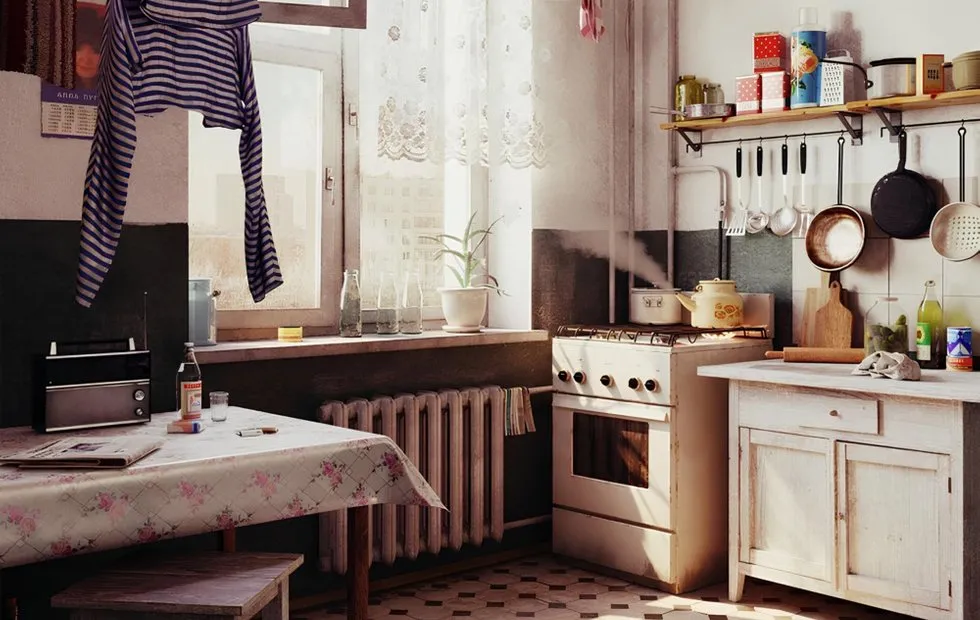 Communal Living as a Trend: What to Learn from the Soviet Experience of Shared Housing
Communal Living as a Trend: What to Learn from the Soviet Experience of Shared Housing Most Common Mistakes in Repairing Khrushchyovka and How to Fix Them Yourself
Most Common Mistakes in Repairing Khrushchyovka and How to Fix Them Yourself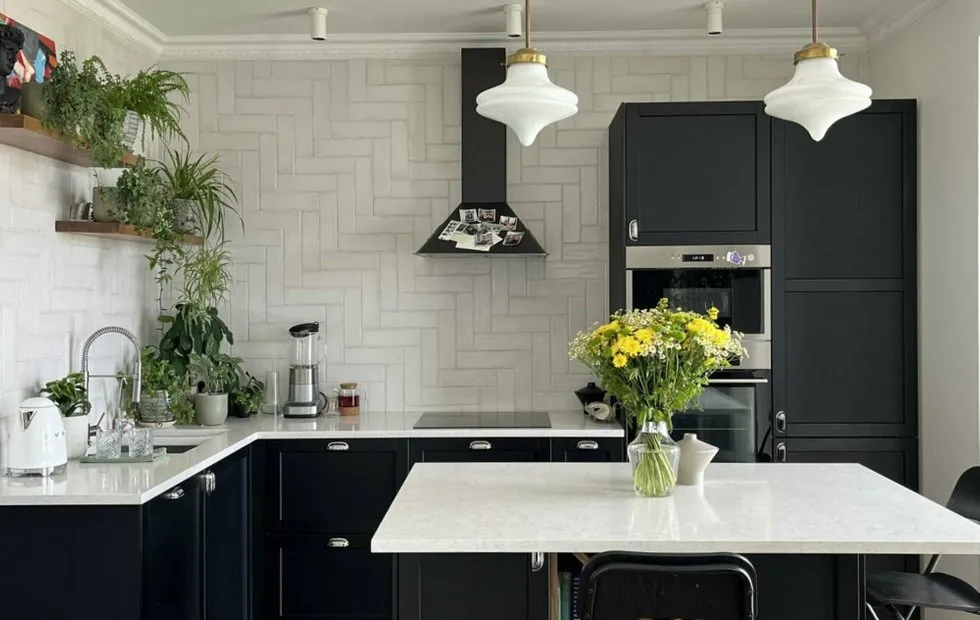 How to Fit a Dishwasher and Oven in a Tiny Kitchen
How to Fit a Dishwasher and Oven in a Tiny Kitchen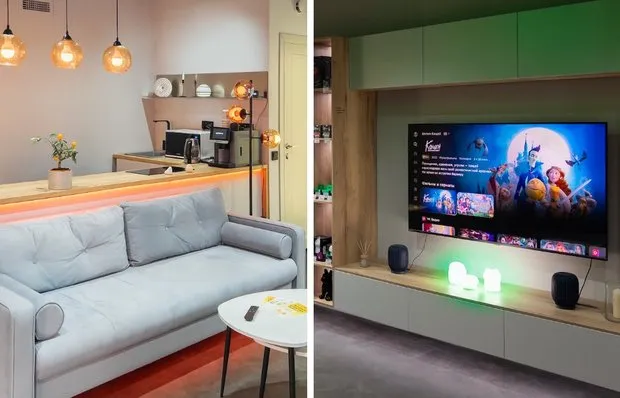 Technological renovation: what devices to install immediately and what can be added later
Technological renovation: what devices to install immediately and what can be added later Kitchen 6 sq m for 100 thousand: how to make it stylish and functional
Kitchen 6 sq m for 100 thousand: how to make it stylish and functional Five Tricks That Visually Expand Your Kitchen Without Demolishing Walls
Five Tricks That Visually Expand Your Kitchen Without Demolishing Walls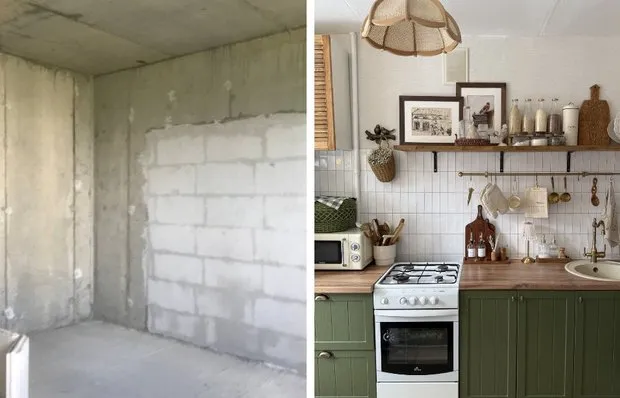 Repair Without Headache: 7 Modern Tips to Plan Everything and Not Forget Anything
Repair Without Headache: 7 Modern Tips to Plan Everything and Not Forget Anything Zinger House: Where Valkyries Guard Secrets of Durov and the Globe Has Been Lit for 120 Years
Zinger House: Where Valkyries Guard Secrets of Durov and the Globe Has Been Lit for 120 Years